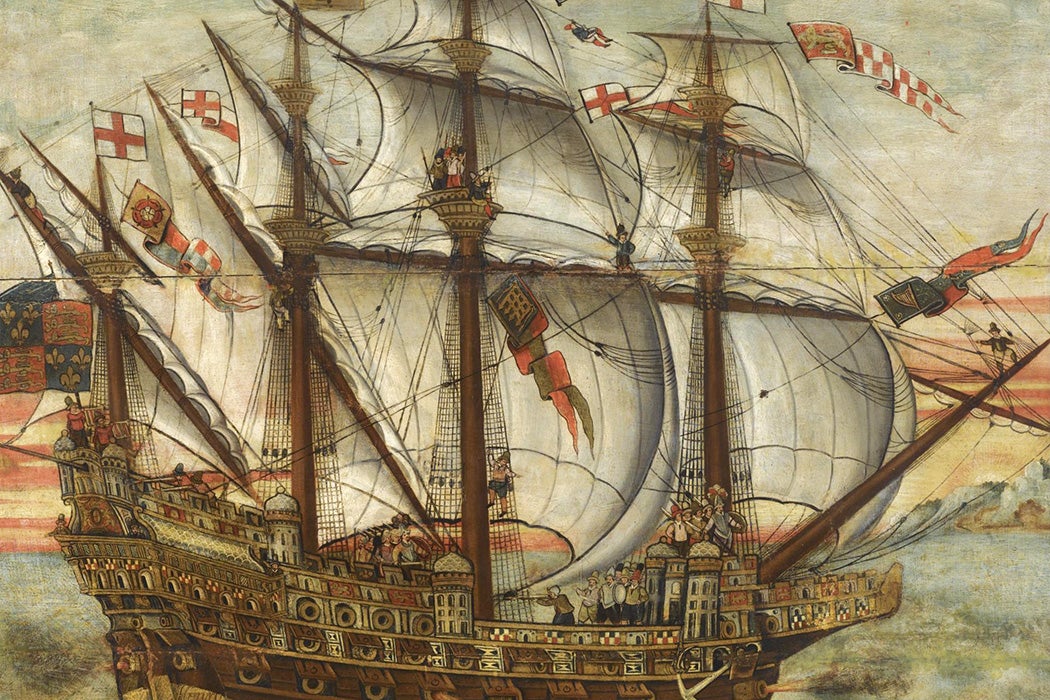The European ships that began sailing to Asia and the Americas in the late fifteenth century gave their crews and passengers a new view of the world. As science historian Henrique Leitão writes, this wasn’t just about the places they visited.
On board a ship for months, in dangerous, uncomfortable, crowded situations, Leitão writes, people interacted in ways they wouldn’t have on dry land. Despite efforts to maintain class distinctions, wealthy and titled passengers couldn’t avoid contact with the lower-class mariners—and notice the skills on which the lives of everyone on board depended. People of different nationalities mingled too. A Portuguese ship’s crew could include a mix of Europeans, East Africans, Black Brazilians, and sailors from various parts of Asia. Given the focus on technical ability and geographical knowledge, racial hierarchies that European authorities preserved on land had less power, and Black sailors might rise through the ranks to become pilots.
Crew and passengers interacted not only out of necessity but to occupy themselves during long idle periods. Some put on theatrical performances. Others took time to study. For example, among Jesuit missionaries traveling to Asia, those with strong knowledge in mathematics, astronomy, or other fields were instructed to teach their companions—often with the aid of instruments used by the sailors.
“To enter a ship was also to enter the most technically advanced machine of the sixteenth century,” Leitão writes.
In the crammed quarters of a ship any visitor could inspect and see in operation a variety of machines and technological devices: pulleys, cranes and levers, complicated mechanical systems and even more complex rope arrangements, pumps, guns and cannons, and sophisticated navigational instruments.
Sailing gave travelers a new appreciation for precision, which was often a matter of life or death at sea. Sailors had to frequently recalibrate and double-check their compasses and astronomical instruments and perform calculations with great attention to detail. While astronomy on land was considered a matter for highly educated men, sailors with little formal education became adept at its practice at sea and played a role in making technical advances.
Weekly Newsletter
Sea travelers also gained an appreciation for record-keeping. Pilots had to plot observations including compass readings, Moon phases, wind and current directions, and much more each day. Officials in Lisbon and Seville accumulated observations from many voyages and used this data to update master maps and sea charts, which were used to create maps and charts for each voyage. The systems and institutions that dealt with these logistical matters eventually expanded their mandate to analyzing new information and goods arriving from the Americas.
Meanwhile, the use of mathematics and scientific methods to navigate the oceans elevated the value of these pursuits both in Portugal and Spain and in the other European powers working to emulate their success in ocean travel. This shift toward a new respect for empirical work occurred on both a social and individual level.
“The unforgettable experience of several months on board was a life-changing experience,” Leitão writes.
Support JSTOR Daily! Join our membership program on Patreon today.







